
GRAP-IV Restrictions Reimposed in Delhi-NCR Amid Worsening Air Quality
The previously implemented GRAP measures, including Stage I and the revised Stage II, remain in effect. GRAP Stage III was active from November 15 to December 4, and Stage IV was enforced from November 18 to December 4.
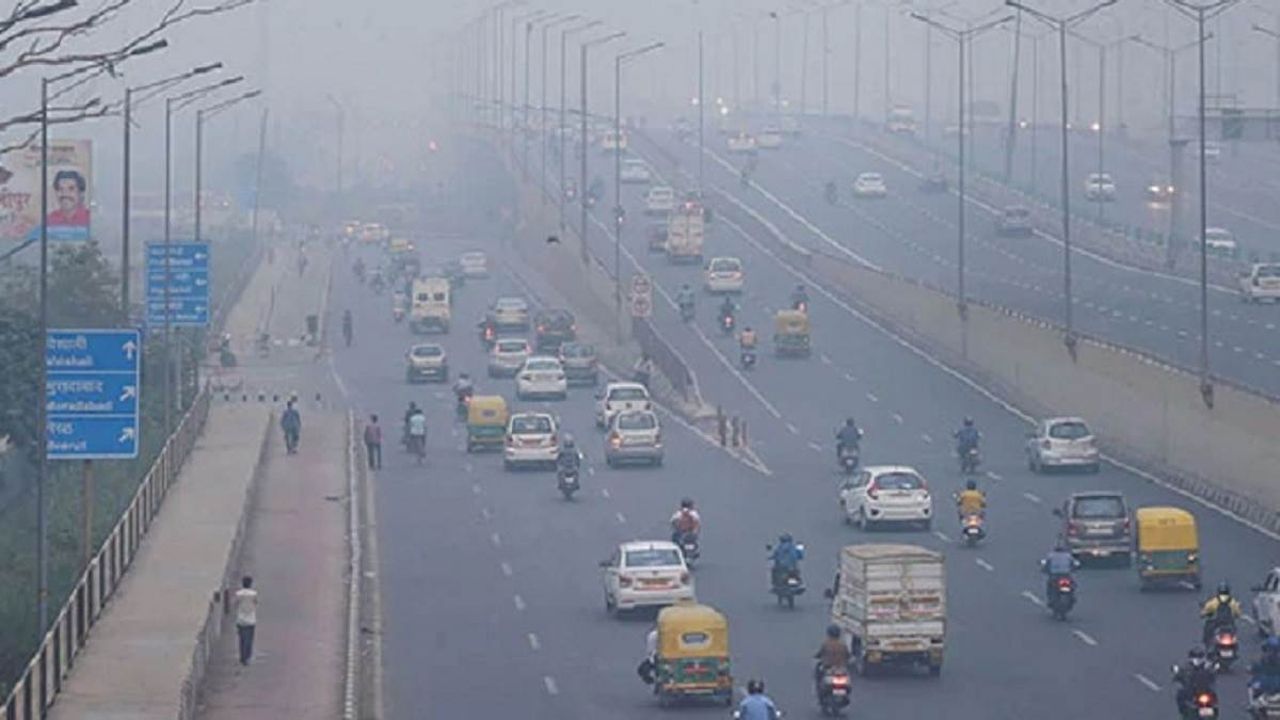
The Commission for Air Quality Management (CAQM) has reimposed GRAP-IV (Graded Response Action Plan) restrictions in Delhi-NCR as air quality deteriorates to the ‘severe’ category. With the Air Quality Index (AQI) crossing the 400 mark yesterday, authorities have taken proactive measures to curb further deterioration. Under GRAP-IV, activities such as non-essential construction, stone crushing, and the operation of diesel generators are restricted to reduce emissions. The move comes in response to increasing particulate matter (PM2.5 and PM10) concentrations, posing serious health risks to residents. These restrictions aim to tackle worsening air pollution during the winter months, a period typically marked by stagnant air and increased emissions. Citizens are advised to limit outdoor activities, while enforcement agencies ramp up monitoring to ensure compliance with the curbs.
Also Read: GRAP Stage I, II, III and IV Explained: Here's All You Need to Know
The GRAP Stages
Earlier, the CAQM implemented GRAP-III to tackle pollution, focusing on stopping construction activities and increasing public awareness about minimising outdoor exposure. However, with the AQI now reaching ‘severe’ levels due to adverse weather conditions, the CAQM Sub-Committee held an emergency meeting and decided to enforce GRAP-IV restrictions immediately across Delhi-NCR. The previously implemented GRAP measures, including Stage I and the revised Stage II, remain in effect. GRAP Stage III was active from November 15 to December 4, and Stage IV was enforced from November 18 to December 4.
The panel implements the various stages of GRAP based on the AQI levels in the region. Stage I is triggered when the AQI ranges from 201 to 300, indicating 'poor' air quality. Stage II is enforced when the AQI falls between 301 and 400, signaling a 'very poor' condition. Stage III comes into effect when the AQI hits 401 to 450, which is considered 'severe.' Finally, Stage IV is enforced when the AQI surpasses the 450 mark.
GRAP-IV: Key Points
Under GRAP-IV guidelines, the entry of non-essential trucks into Delhi is restricted, with exceptions made only for trucks delivering essential goods or offering vital services. Vehicles running on LNG, CNG, electricity, or BS-VI diesel are still allowed. Trucks that are Delhi-registered with BS-IV or older standards, as well as diesel-driven Medium Goods Vehicles (MGVs), Heavy Goods Vehicles (HGVs), and Light Commercial Vehicles (LCVs) from other states, are prohibited from entering. Schools and colleges in Delhi and NCR must switch to online classes.
All construction and demolition work, including projects like highways, flyovers, roads, power lines, pipelines, and telecom, is banned. Further emergency actions may include the closure of non-essential businesses, the suspension of in-person classes, and the enforcement of odd-even vehicle rules based on registration. The CAQM has also urged the central government to consider staggered working hours in Delhi-NCR to help curb vehicular emissions.
Also Read: Bharat Mobility Expo 2025: Manufacturers List Revealed
The latest curb marked the second implementation of GRAP IV, with Stage III and Stage IV restrictions first enforced on November 15 and 18. These measures were lifted on December 5, after receiving the Supreme Court's consent.
In addition, the Supreme Court modified the conditions for future activation of these stages. It determined that Stage III should be enforced when the AQI surpasses 350, instead of the previous 400, and Stage IV should be triggered when the AQI reaches 400, a reduction from the former threshold of 450.


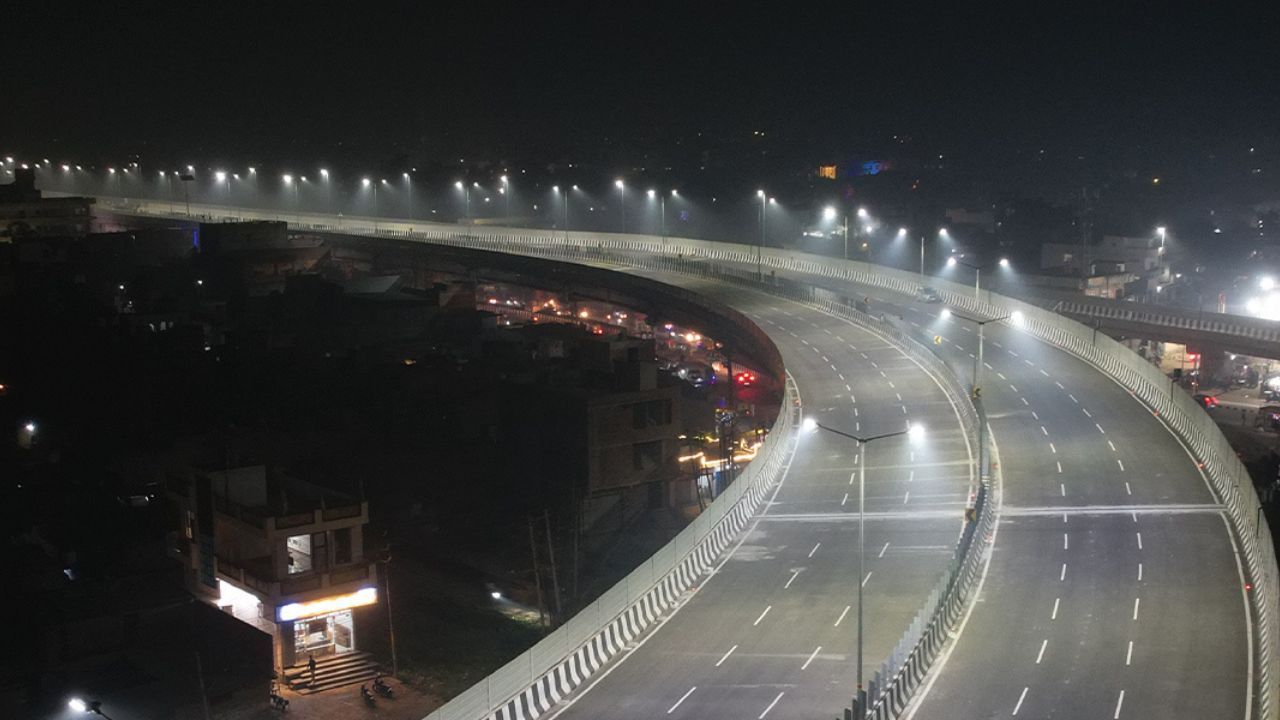
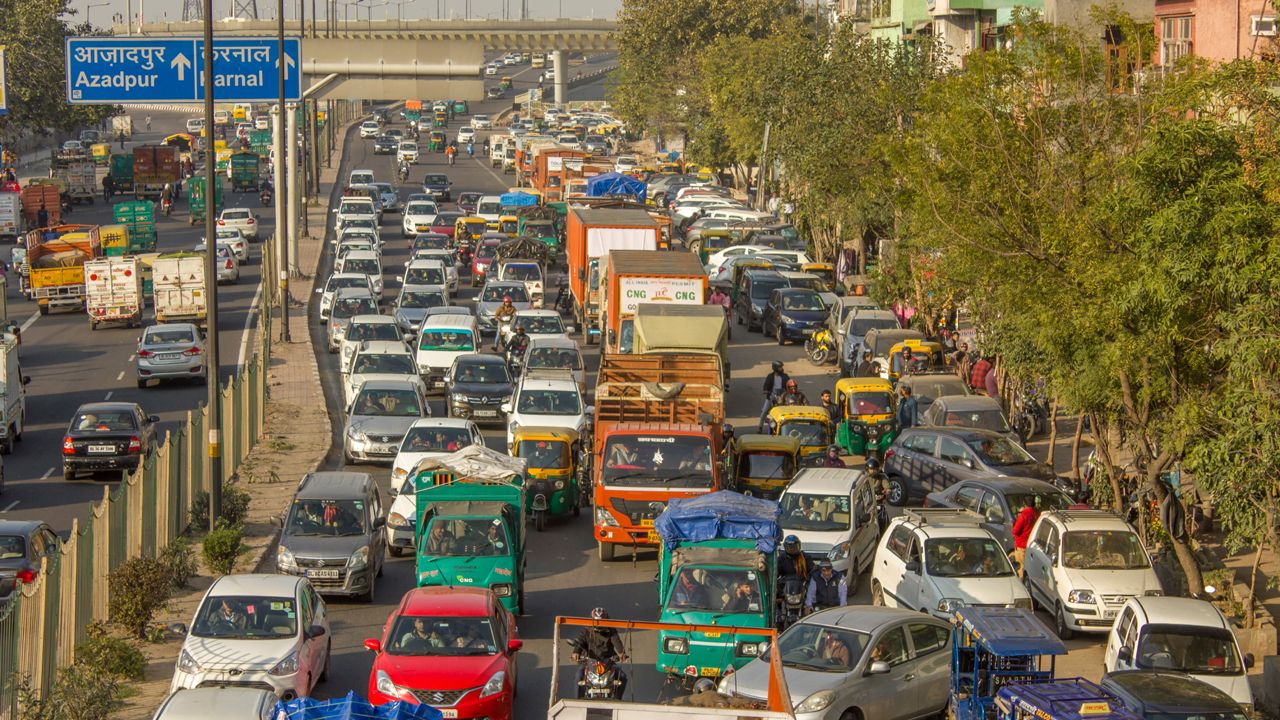

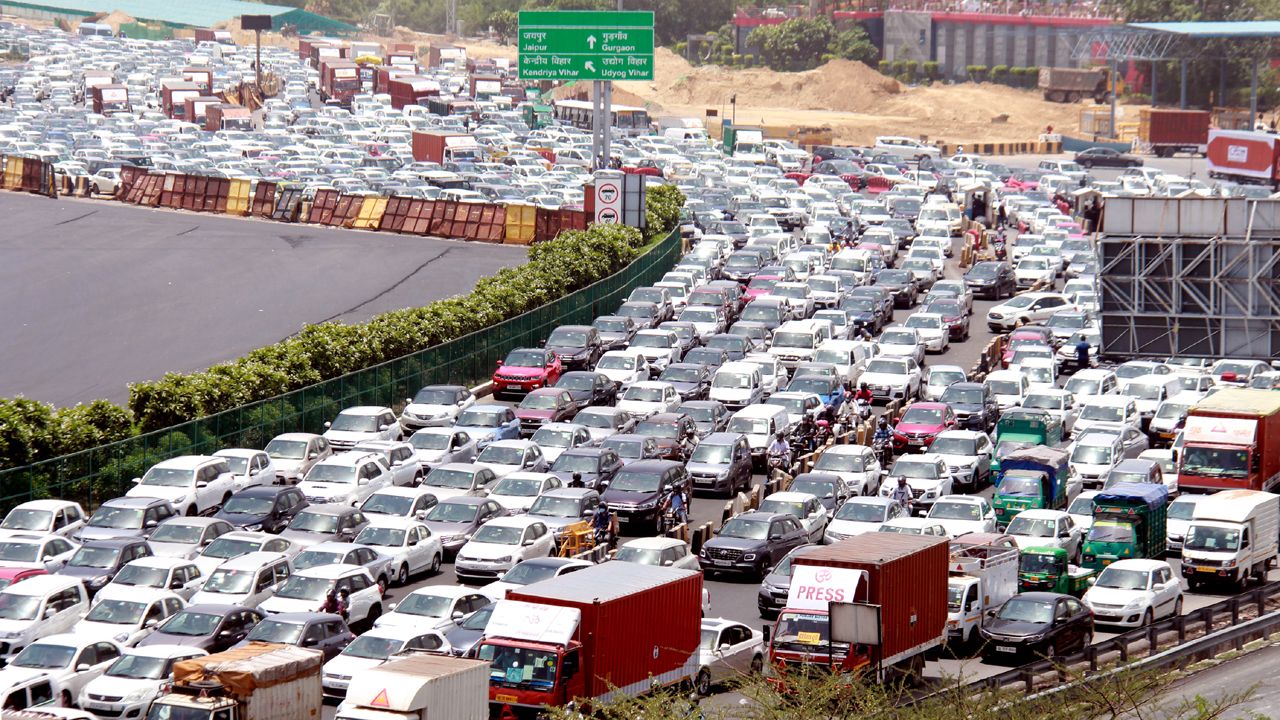



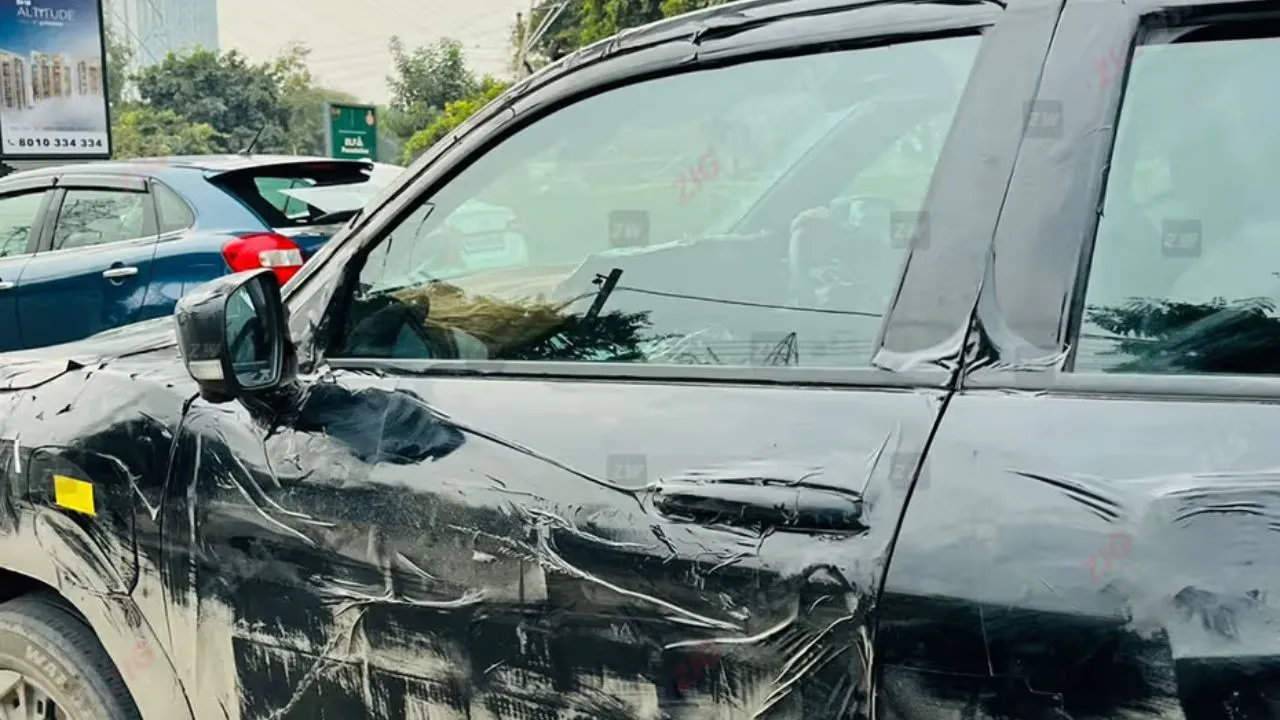


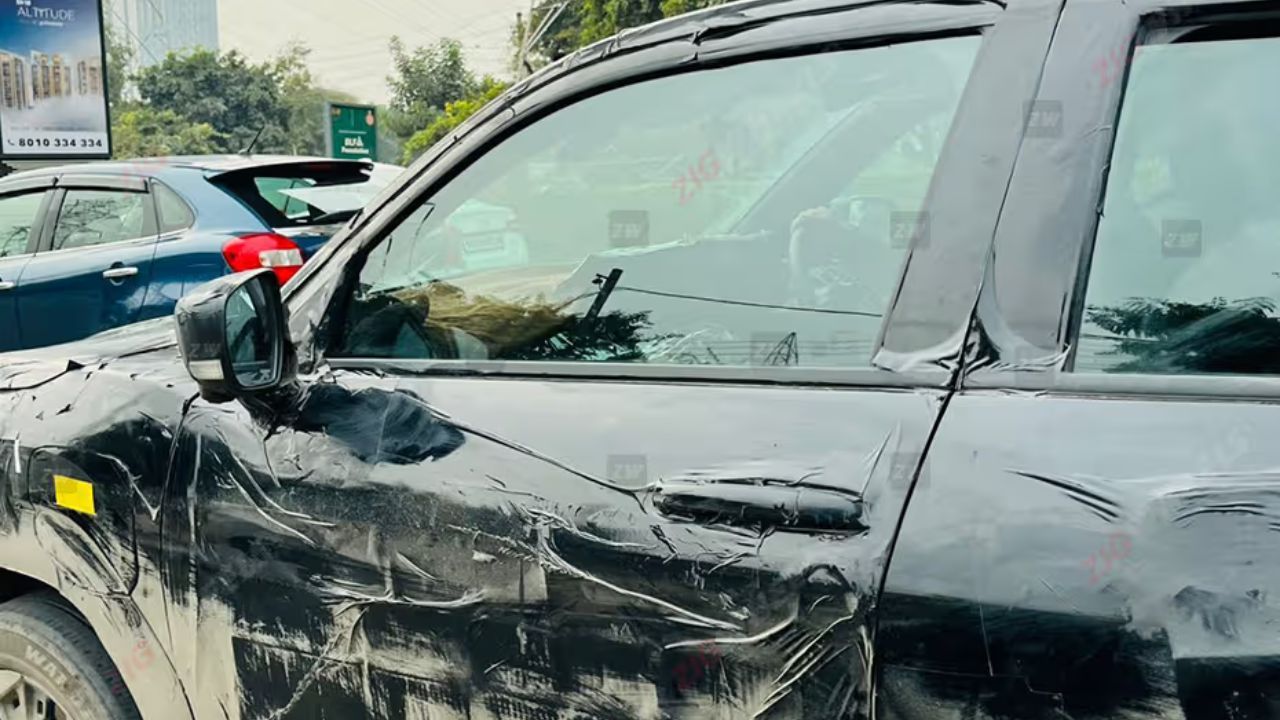














Write your Comment on